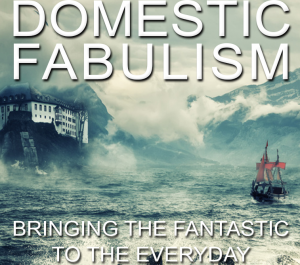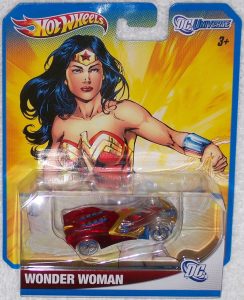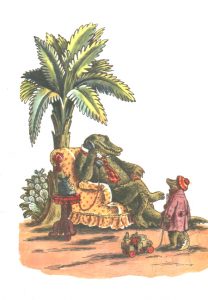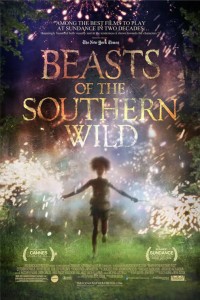I’ve written a new manuscript for this series of fabulist stories about modern young women. This tale draws from Greek mythology in its magical motifs that appear throughout the action. With a nod to Woman Wonder Tales, one of its characters arrives on the scene to help with the main character’s rescue.
A STRANGE BEAUTY: YA Fabulist Novella (ages 15 – 25)
Sylvie Dawson has a dangerous secret, an abusive boyfriend who is stalking her. Forced to hide in her godmother’s country home for the summer, she struggles with isolation and creeping terror to discover her own strengths. Set among a coastal redwood forest and drawing from elements of ancient myth, Farrell weaves a fabulist tale that is all too real.
Encouraged with the positive response to the Woman Wonder Tales by a number of readers, and by the coining of a new genre called domestic fabulism, I sallied forth to address a current topic in that genre: male abuse of young women.
 The genre article in Electric Lit was exciting to me as a life long storyteller, since the author, Amber Spark, coined the phrase and then proceeded to define it:
The genre article in Electric Lit was exciting to me as a life long storyteller, since the author, Amber Spark, coined the phrase and then proceeded to define it:
“To explain further requires some exploration of the terms. Fabulism, often interchangeable with magical realism, I’d suggest incorporates fantastical elements within a realistic setting — distinguishing it from fantasy, in which an entirely created world (with constructed rules and systems) is born.
“These fantastical elements are often cribbed from myth, fairy tale or folk tale. Strange things happen and characters react by shrugging: animals talk, people fly, the dead get up and walk around. Time operates sideways, nature behaves mysteriously; fabulism feels like the kind of dream in which you look down and realize reality has forgotten its pants.”
Sparks goes on to say that while fabulism is exotic and faraway, domestic fabulism takes place in the everyday world and reveals the true nature of home, of relationships, the family—like a fun house mirror.
Domestic fabulism contains fantasy elements in contemporary, everyday life. Closer to fantasy than realism, it sits somewhere between magic realism and fantasy. Writers known for their fabulism works are Kelly Link and Jeff VanderMeer.
Perfect! That’s what I’ve attempted in A STRANGE BEAUTY: a new kind of wonder tale that is both here and there.



